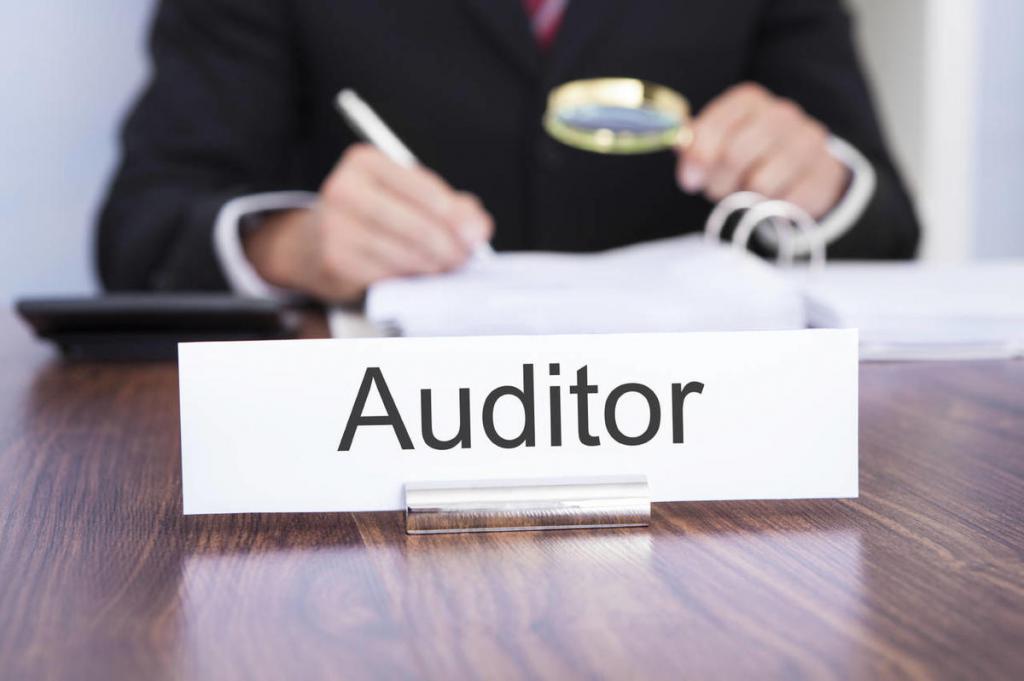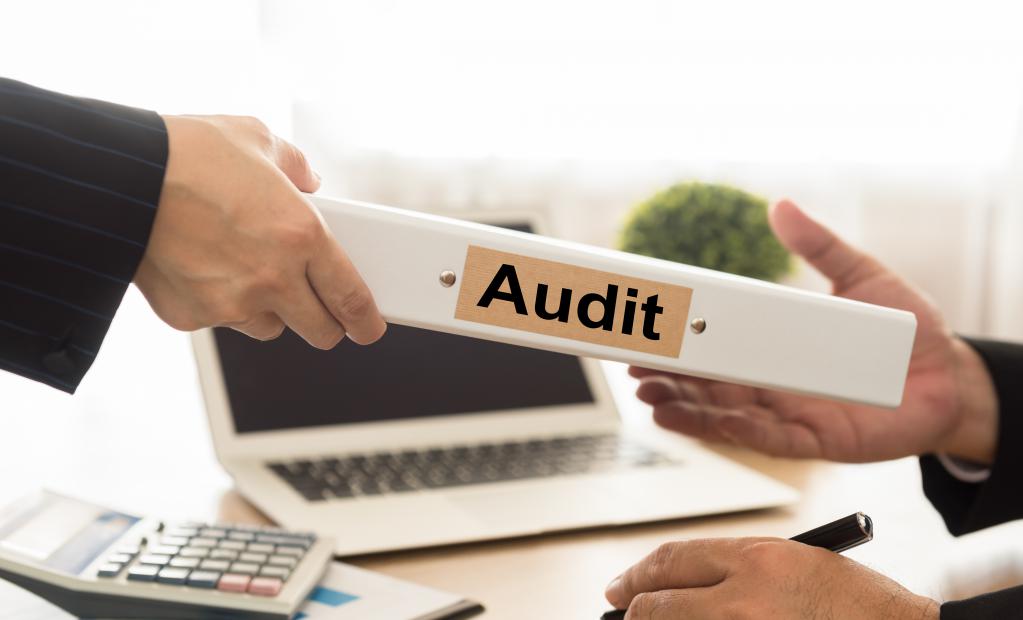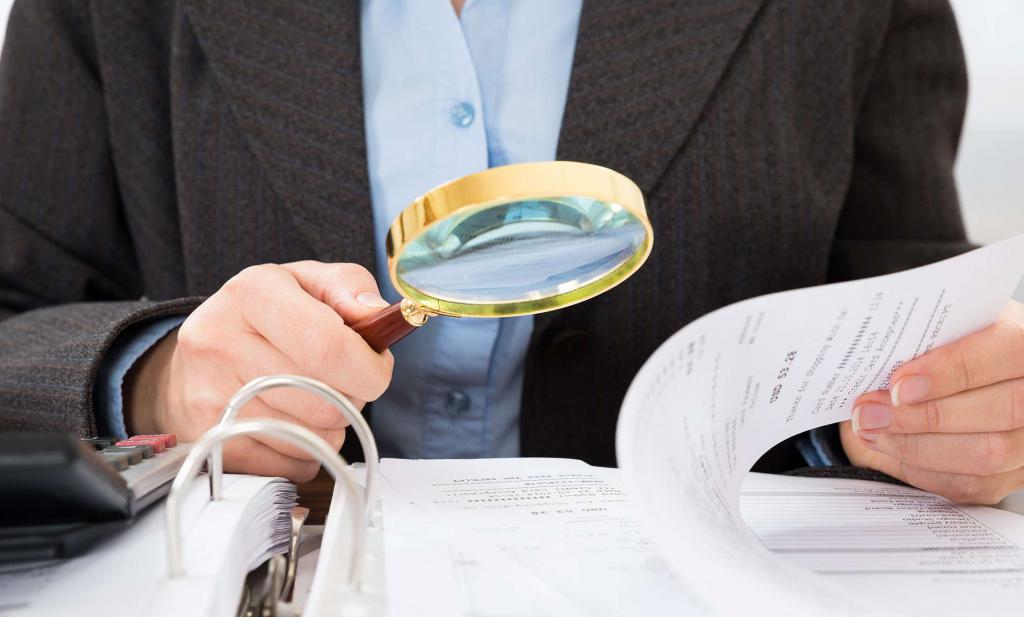Any company is subject to various checks by the tax authorities. They are designed to control the activities of various commercial enterprises. There are several forms of tax control that are selected by the Federal Tax Service at any given time. Therefore, any business owner and accountant should understand the main types of inspections, the rules for their implementation and actions that should be carried out by inspectors when studying documentation.
The concept of tax control
This control is represented by certain activities on the part of authorized state bodies, the main purpose of which is to ensure that various entrepreneurs or organizations comply with the numerous rules for paying taxes and fees.
Such control is expressed in the form of tax audits, and they can be presented in different forms. Their main goal is the prevention and identification of various violations related to the transfer of taxes and fees. At the same time, investigations into a variety of tax crimes can be conducted. The result is the prosecution of violators and criminals, therefore, tax control for the entire state is of high importance.

Verification Objectives
Monitoring compliance with tax laws has several objectives:
- guaranteed provision of economic security in the country with the formation of various monetary funds, which can be centralized or decentralized;
- control over the creation of state revenues, as well as over their use in rational directions;
- improving cooperation of tax authorities with various companies and entrepreneurs;
- verification of the implementation by business representatives of obligations to the country and state bodies;
- assessment of the targeted use of benefits provided for various taxes;
- detection, prevention and prevention of various tax crimes.
All these goals are achieved only when the control is implemented by experienced professionals working in the tax office.
Objects of control
A tax audit may be carried out in relation to various objects and objects.
The object is the use of money in the creation of various monetary funds. Additionally, this includes various resources of firms and private taxpayers, and these resources can be material, labor, or some other.
The subject is various operations, reporting, declarations and the nuances of using tax benefits. The balance sheet and various other papers are subject to verification, which are compiled and correctly executed by the accountant of the company or individual entrepreneur.

Process forms
There are several forms of tax control that have significant differences. They are represented by different methods of organizing different control events.
Control is exercised through the procedural activities of employees of the Federal Tax Service. For this, various established techniques, methods and tools are used that must be legal and effective.
Who is involved in the process?
The bodies exercising tax control appoint officials to conduct the audit. They are required to perform actions:
- obtaining evidence from the founders of firms or entrepreneurs;
- checking various information in company documents;
- study of reports and declarations;
- visual inspection of the premises where the organization’s specialists work.
It is allowed to use other forms for verification. Specialists cannot collect or store information about taxpayers if the data is obtained through violations of the basic provisions of the Tax Code. They do not have the right to disseminate this information.

What rights do inspectors have?
The methods of tax control are numerous and multifaceted. Therefore, each business owner should be well versed in what rights the inspectors have. They can implement different forms of tax control:
- demand and study the documents on the basis of which the correctness of calculation and payment of taxes is verified;
- carry out the extraction of documentation in the process of implementation of inspections containing information on possible offenses, and they can be requested even from tax agents, if there are reasons that some papers were hidden, intentionally corrected or destroyed;
- call representatives of companies or entrepreneurs to take evidence from them regarding the payment of certain taxes, and this process is carried out as part of a tax audit;
- to conduct a survey of different premises that are used by the taxpayer to make a profit, to determine their size and find certain securities hidden from tax inspectors;
- conduct an inventory to compare its results with the data that were transferred by the company or entrepreneur to the Federal Tax Service;
- control the expenses of taxpayers and measure them with incomes;
- involve other experts and specialists in the verification process, if necessary;
- call other persons who may be witnesses of offenses by taxpayers if the information available to them is considered significant for a quality audit;
- form tax posts.
Thus, tax control methods are diverse and effective. They can be used in combination or separately.
Forms of control depending on implementation time
The effectiveness of tax control depends largely on when exactly this procedure is carried out. In accordance with the time frame, different forms are distinguished.
These initially include a preliminary check. Such tax control is carried out until the end of the reporting period for a certain type of fee. It can also be carried out before a decision is made regarding the provision to the taxpayer of benefits or a change in the timing of payment of the fee.

Current control is carried out during a specific period for a specific tax. Its features include the fact that various activities are carried out by the inspector in the process of carrying out various operations by the taxpayer. Such control is based on:
- accounting;
- tax accounting;
- primary documentation;
- inventory documents;
- the procedure for the implementation of various cash transactions.
Due to such control, employees of the Federal Tax Service have the ability to quickly respond to various adjustments in the financial work of the taxpayer, which prevents possible violations.
The timing of the tax control, which is subsequent, involves the implementation of this process after the end of the tax period for a specific collection. In this case, all accounting or financial papers are studied. Its purpose is to verify the accuracy of the calculation and the timely transfer of payments.
Views at the venue
Tax control is presented in various forms, and it can be implemented both directly in the department of the Federal Tax Service and in the office of the taxpayer.
Sometimes companies and entrepreneurs do not even know that a check is being carried out regarding their documents.
Field control
Field tax control assumes that the inspectors of the Federal Tax Service visit the head office of a particular company directly.
According to the legislation, inspectors can come to the place of work of the inspected person only three years after the registration of the taxpayer. The management of the company should provide inspectors with a separate comfortable room, equipped with tables and chairs, a computer and other necessary elements for inspectors. If necessary, various papers are prepared and provided, as well as testimonies by officials.
Firms are notified about such an inspection in advance, which gives them the opportunity to prepare for the arrival of reviewers. This form of tax control is not used very often, and also usually in relation to really large organizations.
Cameral
This type of tax control is carried out by inspectors at their place of work, so they do not visit the taxpayer’s office. Entrepreneurs are not notified of such a check.

Usually there is no need to contact taxpayers, as they are studying declarations and various reports submitted by representatives of firms for consideration by the Federal Tax Service. If various errors, shortcomings or inaccuracies are found, then employees of the Federal Tax Service may contact the management of the company to clarify the necessary circumstances.
Other types of control
The tasks of tax control are to identify and prevent various violations.
The process is carried out suddenly or planned, and there may also be other types and forms of this procedure.
Planned
For inspections, a special plan is drawn up by employees of the Federal Tax Service. Based on it, the procedure for researching the documentation of different companies is performed.
The enterprises themselves are notified of the timing of the implementation of control, so they can prepare for this process.
Unscheduled
It is carried out outside the special inspection plan. Its implementation requires a serious basis, presented by undeniable evidence that a particular organization violates tax laws.
To carry out this process, an order is signed, signed by the leadership of the tax inspectorate. For taxpayers, such a procedure comes as a complete surprise, so they do not have the opportunity to adjust, destroy or replace important documentation related to a particular collection.

Complex
This process consists of checking the taxpayer for all taxes paid to the budget. Such control is considered specific and lengthy, and it is important to make sure that only a limited period of time for these taxes is affected.
Various declarations and reports are subject to verification, therefore, such a procedure is often an on-site procedure. This allows inspectors to carefully examine all documents in optimal conditions, and they can also rely on clarifying papers at any given time.
Thematic
The audit only affects a specific type of tax or a specific issue regarding compliance with the law.
Typically, this type of control is used when there is suspicion or evidence that a particular company incorrectly calculates tax or hides important information.
Selective
It consists in the study of only sample documents related to a specific tax. Usually a procedure is carried out when studying a specific period of time.
If serious violations are revealed as a result of studying the documentation, then such a process can develop into continuous control, on the basis of which all papers for a particular collection are checked.
Repeated
If the inspectors find serious and numerous violations as a result of the inspection, this leads to the calculation of fines and to the prosecution of the taxpayer in other ways. At the same time, time is given to eliminate the consequences of non-compliance with the law.
Inspectors must ensure that their requirements have been complied with, so they suddenly visit the company again. They request documents for the period during which adjustments to the work of the company must be made. If they find that the necessary actions on the part of the taxpayer have not been taken, then more severe penalties are used, represented not only by fines, but even by suspension of work or a ban on the further functioning of the company.
How are the results drawn up?
The main forms of tax control require mandatory competent registration of audit results.
At the end of the process, a certificate is issued to taxpayers, after which inspectors cannot demand additional papers. Next, two months are given for the formation of the act, if the on-site process was carried out, and with an desk audit, the act is created within 10 days.

Thus, tax control is presented in various forms, all of which are significant and have their own nuances. Its main goal is the prevention and elimination of the consequences of violation of tax legislation. All taxpayers are exposed to it, but the specific type is selected depending on the terms of the firm and the reasons for the study. When violations are found, companies and entrepreneurs are held accountable, and further re-inspection can be expected.

